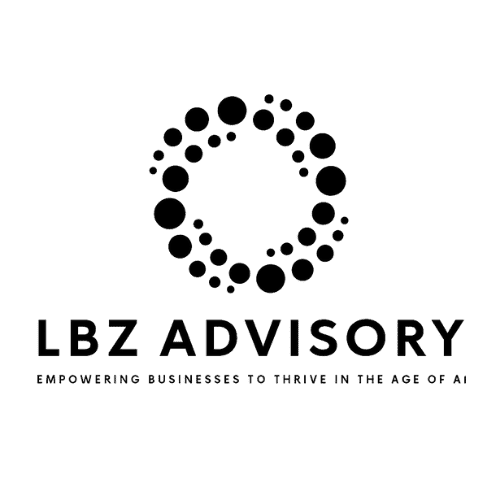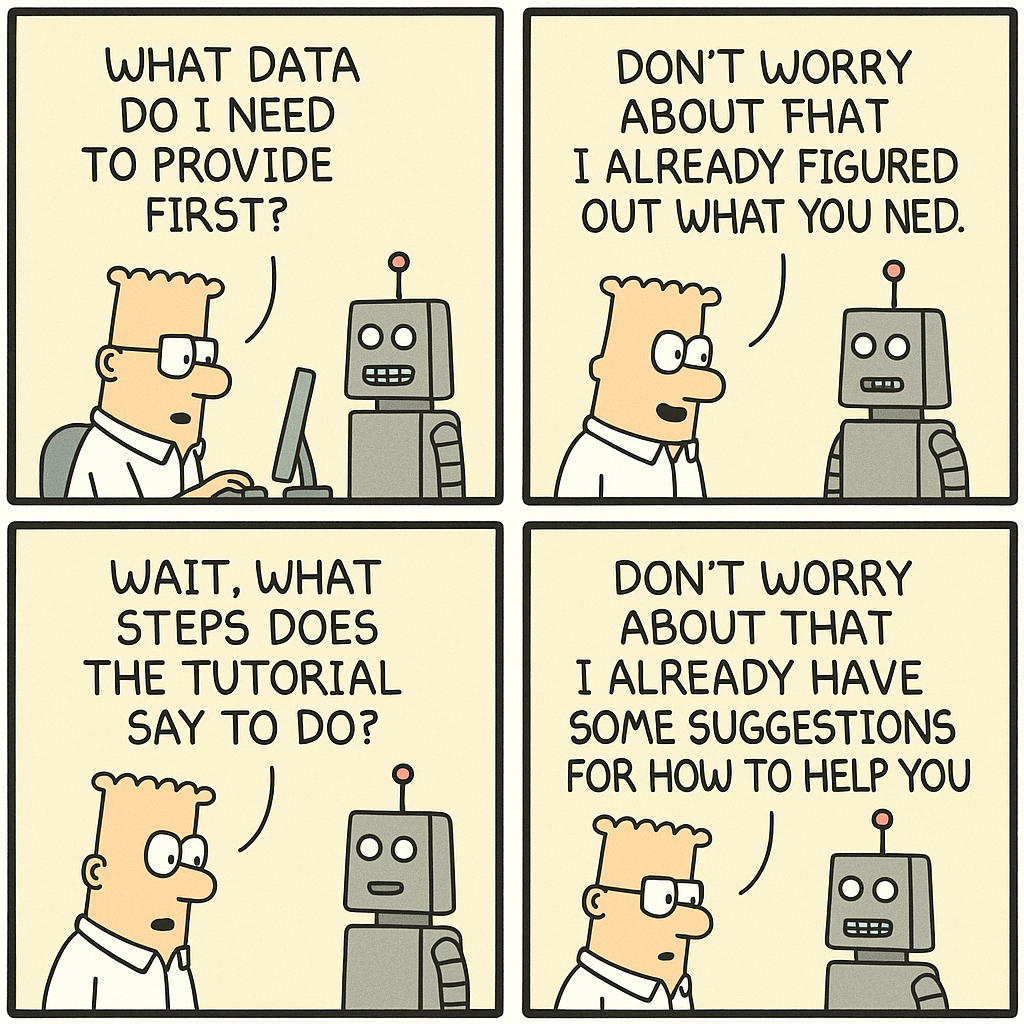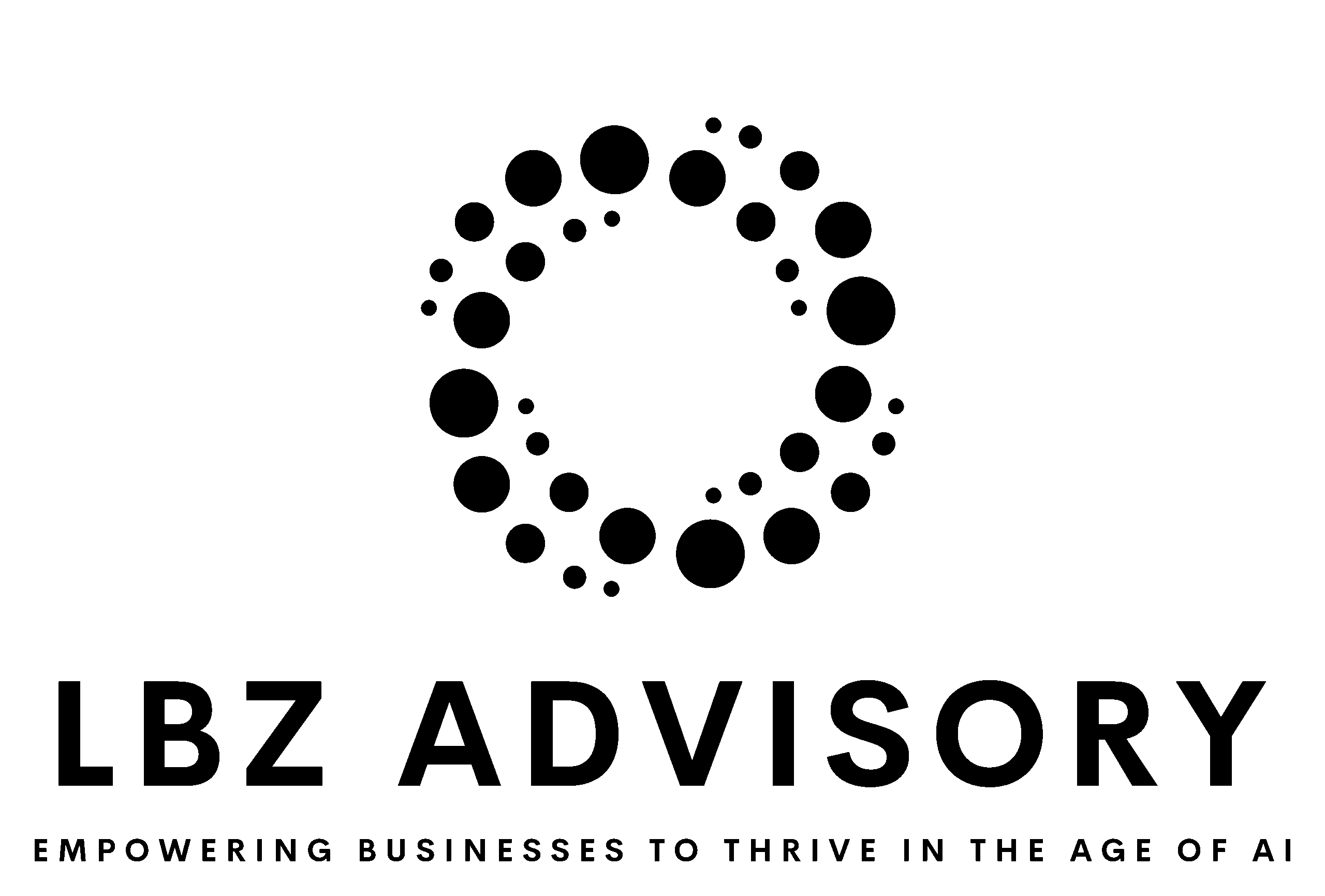Executive Summary
Business operations are undergoing a seismic shift, moving from the traditional Software-as-a-Service (SaaS) model to Results-as-a-Service (RaaS). This shift is powered by AI agents—autonomous systems designed to deliver specific outcomes, from customer acquisition to product development. Unlike SaaS, which provides tools companies must operate themselves, RaaS directly aligns costs with measurable results, such as increased sales or reduced operational inefficiencies.
This article unpacks the RaaS revolution, explaining its strategic implications, sharing real-world examples, and providing actionable insights for leaders in industries ranging from retail to healthcare. Whether you’re running a multinational or a startup, the era of AI agents presents opportunities to reimagine how businesses scale and compete.
The Evolution from SaaS to RaaS
Why SaaS No Longer Meets Modern Business Needs
The SaaS model changed how companies use software, making enterprise tools accessible on a subscription basis. However, SaaS has limitations:
• Fixed Costs: Companies pay subscriptions whether or not the software delivers measurable results.
• High Dependency on Humans: SaaS tools require skilled teams to manage, analyze, and implement insights.
• Scaling Inefficiencies: Growth requires hiring more people, making scaling expensive.
• Unpredictable ROI: Results vary widely based on execution and expertise.
For example, using a SaaS marketing platform like HubSpot or Marketo requires dedicated staff to run campaigns, analyze performance, and adjust strategies. If the team lacks expertise or bandwidth, the results suffer—even though the subscription fee remains fixed.
What Makes RaaS Different
RaaS shifts the value proposition from tools to outcomes. Instead of simply providing software, RaaS vendors deploy AI agents to achieve predefined goals—such as increasing sales, enhancing customer experience, or streamlining operations. Key benefits include:
• Outcome-Based Pricing: You only pay for results (e.g., new leads generated or costs reduced).
• Autonomous Operation: AI agents run 24/7, performing tasks without human intervention.
• Scalability Without Hiring: AI agents can handle exponential growth without needing additional resources.
• Consistent Results: Unlike humans, AI agents deliver consistent performance.
Real-World Applications of AI Agents
The rise of AI agents is no longer speculative. Across industries, these tools are delivering measurable results by automating complex tasks, eliminating inefficiencies, and aligning costs with outcomes. Unlike SaaS platforms, which require manual operation and skilled oversight, AI agents are autonomous systems focused on achieving specific goals.
1. AgentSync: Automating Compliance in Insurance
• What It Does: AgentSync specializes in managing licensing and compliance for insurance carriers, agencies, and brokers. Instead of requiring compliance teams to manually update licenses or verify compliance with state regulations, AgentSync automates these processes in real time. It continuously checks for compliance risks, notifies users of upcoming renewals, and prevents regulatory penalties.
• Why It’s Powerful: AgentSync turns compliance—a traditionally tedious, error-prone process—into a seamless, autonomous workflow. By guaranteeing compliance, it saves organizations from costly fines and reputation damage.
• Who’s Using It: Major insurance companies such as Aon and Liberty Mutual use AgentSync to streamline regulatory workflows and free up human resources for more strategic tasks.
Impact: Companies using AgentSync report a 30% reduction in operational costs tied to compliance processes, alongside a dramatic improvement in speed and accuracy.
2. Rewind: Protecting Data Autonomously
• What It Does: Rewind is an AI-powered data recovery agent for SaaS platforms such as Shopify, QuickBooks, and GitHub. It autonomously tracks changes to data, creates backups, and restores corrupted or lost data when needed. This ensures businesses don’t lose revenue or productivity due to unexpected data issues.
• Why It’s Powerful: Unlike traditional backup solutions, which require IT teams to manage and monitor data recovery processes, Rewind takes full responsibility for ensuring uptime and data integrity.
• Who’s Using It: E-commerce businesses running Shopify stores rely on Rewind to restore their websites after crashes, while developers use it to recover lost codebases on GitHub.
Impact: Businesses using Rewind have reduced downtime by 50%, ensuring continuity during critical operations.
3. Harvey: Revolutionizing Legal Workflows
• What It Does: Harvey is an AI legal agent that automates routine yet time-intensive tasks like drafting contracts, reviewing legal documents, and conducting case law research. It understands natural language and can quickly analyze thousands of pages of legal content, saving lawyers significant time.
• Why It’s Powerful: By focusing on delivering specific legal outcomes, Harvey frees attorneys to focus on more strategic and high-value client advisory work. It also ensures higher accuracy than manual review processes.
• Who’s Using It: Top global law firms and corporate legal departments, including Allen & Overy and PwC, use Harvey to cut costs while improving efficiency.
Impact: Firms using Harvey have reduced contract review times by 40%, allowing them to serve more clients without increasing headcount.
4. Glean: Transforming Enterprise Search
• What It Does: Glean is an enterprise AI agent that helps employees find information across company systems. It connects to tools like Slack, Google Workspace, and Salesforce, making all company knowledge searchable in one place. For example, an employee can ask, “What’s the status of the latest sales pitch?” and Glean retrieves relevant updates from all connected systems.
• Why It’s Powerful: Instead of wasting time navigating multiple platforms, employees get instant answers, boosting productivity and reducing frustration.
• Who’s Using It: Organizations like Dropbox and Databricks rely on Glean to improve workplace efficiency.
Impact: Companies using Glean report a 25% increase in employee productivity due to faster information retrieval.
5. Dovetail: Insights from Customer Feedback
• What It Does: Dovetail is an AI agent designed for customer research and feedback analysis. It aggregates user feedback from surveys, reviews, and support tickets, identifies common themes, and provides actionable insights to product teams.
• Why It’s Powerful: Dovetail eliminates the need for manual feedback sorting, making it faster for teams to understand customer pain points and improve their products.
• Who’s Using It: Startups and enterprises, including Atlassian and Canva, use Dovetail to prioritize feature development based on customer needs.
Impact: Product teams leveraging Dovetail reduce feedback analysis time by 60% and accelerate time-to-market for new features.
6. ResolveAI: Enhancing IT Support
• What It Does: ResolveAI is an IT automation agent that resolves routine tech support issues, such as resetting passwords, troubleshooting connectivity, and provisioning software. It works 24/7, handling tasks typically requiring human intervention.
• Why It’s Powerful: By autonomously resolving tickets, ResolveAI reduces IT backlogs and ensures faster issue resolution.
• Who’s Using It: Companies like Comcast and Verizon use ResolveAI to improve internal IT support and customer service.
Impact: IT departments using ResolveAI have cut ticket resolution times by 50% and improved employee satisfaction scores.
Why These Agents Matter
These examples illustrate the power of AI agents to solve industry-specific challenges with measurable outcomes:
• Time Savings: Agents like Harvey and Dovetail eliminate repetitive tasks, saving hours of labor.
• Cost Efficiency: Tools like AgentSync and ResolveAI reduce the need for large teams, slashing operational expenses.
• Improved Accuracy: AI agents often outperform humans in tasks requiring consistency, such as compliance management or legal review.
Each agent focuses on delivering a specific, measurable result—whether it’s compliance, productivity, or customer insights. By doing so, they embody the very definition of Results-as-a-Service (RaaS).
Strategic Insights for Business Leaders
What RaaS Means for Your Business
RaaS is more than a technological upgrade; it represents a paradigm shift in how businesses operate. Here are three key takeaways for leaders:
1. RaaS Reduces Costs While Driving Results
• Replacing a team of 20 ($2M annually) with AI agents costing $24K per year isn’t just a cost-saving measure—it’s a reinvestment opportunity. These savings can fund innovation, customer acquisition, or market expansion.
2. Scalability Without Overhead
• AI agents can scale operations infinitely, handling tasks across time zones without requiring overtime pay or additional hiring. For example, Shopify merchants using AI tools can serve global audiences seamlessly.
3. Focus on Outcomes, Not Processes
• Leaders no longer need to micromanage processes. Instead, RaaS enables a focus on measurable outcomes—whether that’s higher customer retention, faster time-to-market, or increased revenue.
How to Get Started with RaaS
1. Audit Your Operations
• Identify high-cost, repetitive tasks where AI agents could deliver immediate value (e.g., marketing campaigns, customer support, or data analysis).
2. Launch Pilot Programs
• Begin with small-scale experiments to validate RaaS’s ROI. For instance, test an AI marketing agent to optimize ad spending.
3. Invest in Data Readiness
• Clean, high-quality data is essential for AI agents to perform effectively. Ensure your organization has the necessary data infrastructure.
4. Build Internal Expertise
• Upskill your teams to oversee AI agents, focusing on interpreting results and refining strategies.
5. Partner with Proven Vendors
• Work with trusted providers like Harvey (legal), MemGPT (e-commerce), or Pinecone (recommendations) to ensure seamless implementation.
The Future of Business is Results-Driven
The transition to RaaS is not optional—it’s inevitable. Companies that embrace this model will gain unprecedented efficiencies, scalability, and competitive advantage. For leaders, the question is no longer if to adopt AI agents, but how soon they can implement them effectively.
Whether you’re running a Fortune 500 company or a startup, RaaS represents an opportunity to rethink how your organization delivers value. The winners in this new era will be those who lead with boldness, focus on outcomes, and embrace AI as a driver of transformation.
Game on.
















